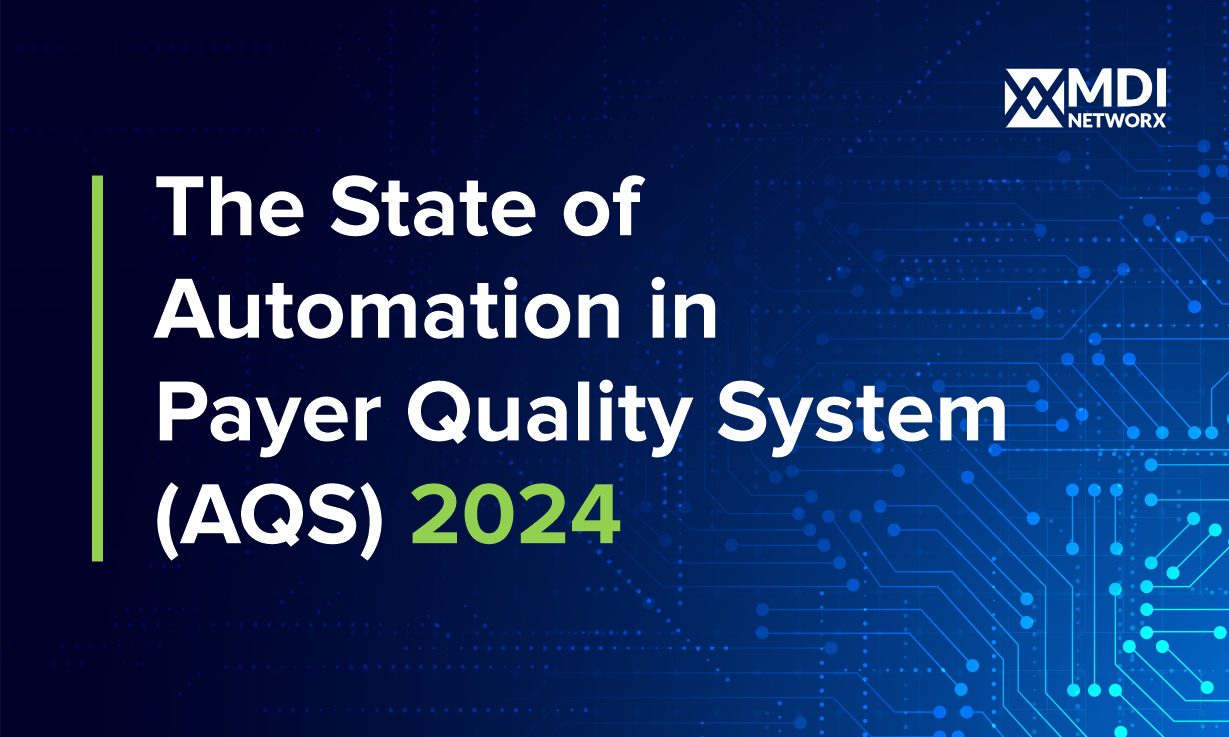Every minute counts in the dynamic, fast-paced healthcare industry, and patient outcomes are paramount. Optimizing workforce productivity is a critical concern, and AI workforce analytics has risen to the challenge. AI-powered workforce analytics is a powerful tool that harnesses data-driven insights to enhance efficiency, streamline operations, and improve patient care. Let’s look at how healthcare organizations use workforce analytics to create a more productive and effective healthcare workplace.
Understanding Workforce Analytics in Healthcare
Typically, workforce analytics encompasses collecting, analyzing, and interpreting data related to an organization's workforce. In healthcare, this is usually data about staffing levels, employee performance, scheduling, patient interactions, etc. By piecing together this data, healthcare organizations can gain valuable insights into how their workforce operates well, where it operates poorly, and how to streamline their processes.
Enhancing Staffing and Scheduling Efficiencies
One of healthcare workers' greatest challenges is ensuring that the right staff members are in the right place at the right time. In back-office operations like claims processing, healthcare organizations face challenges due to fluctuating workload volumes and strict turnaround time targets. Workforce analytics enable proactive scheduling by predicting workload fluctuations and staffing needs. This prevents overstaffing during slow periods and ensures adequate staffing during busy times. As a result, resources are optimized, staff burnout is reduced, and operational efficiency is improved.
Identifying Performance Patterns
Workforce analytics also help healthcare organizations identify patterns among their employees. Analyzing individual and team performance data allows organizations to identify high-performing staff members, figure out what allows them to do so well, and use that data to help other employees do the same. By empowering employees to do their best work, organizations can ensure a greater overall degree of confidence and competence alike.
Reducing Employee Turnover
As intense as working in the healthcare industry is, many organizations suffer from a needlessly high turnover rate. High employee turnover disrupts operations, impacts patient care, and increases costs associated with recruitment and training. Through workforce analytics, however, organizations can gain insights into the factors contributing to turnover. Observing trends like the most common reasons for leaving, areas of dissatisfaction, or patterns in tenure allows organizations to implement strategies to improve employee satisfaction and retention. Typically, this takes the form of adjustments to work schedules, addressing workload concerns, or offering tailored incentives to longtime employees.
Promoting Work-Life Balance
Healthcare professionals often face demanding and emotionally taxing work environments, leading to a severely unbalanced work-life balance. Workforce analytics can help strike a balance between work demands and employee well-being. By analyzing overtime, shift patterns, and workload distribution data, organizations can identify potential burnout risks and implement strategies to ensure that healthcare professionals have adequate rest and recovery time. This, in turn, leads to a healthier and more engaged workforce that delivers better patient care.
Aligning Training and Development
Continual learning and professional development are crucial in healthcare, ensuring that employees continue improving and honing their skills. Workforce analytics enable organizations to identify skills gaps and training needs within. Using AI to gather and analyze data on certifications, training completion rates, and performance metrics, organizations can tailor their training programs to equip employees with the skills they need to excel in their roles. This improves individual performance and contributes to better patient outcomes and overall workplace productivity.
AI workforce analytics are becoming more of a transformative force in the ever-evolving healthcare landscape. By harnessing the power of data, healthcare organizations can now make informed decisions that optimize staffing, enhance performance, reduce turnover, and promote employee well-being more than ever.
As technology advances and data analytics become more sophisticated, the potential for improving your healthcare organization is limitless, and you must have the help of an organization like MDI NetworX. Providing you with powerful business management tools, we’re here to help you improve your healthcare workplace, so feel free to visit our site today!




